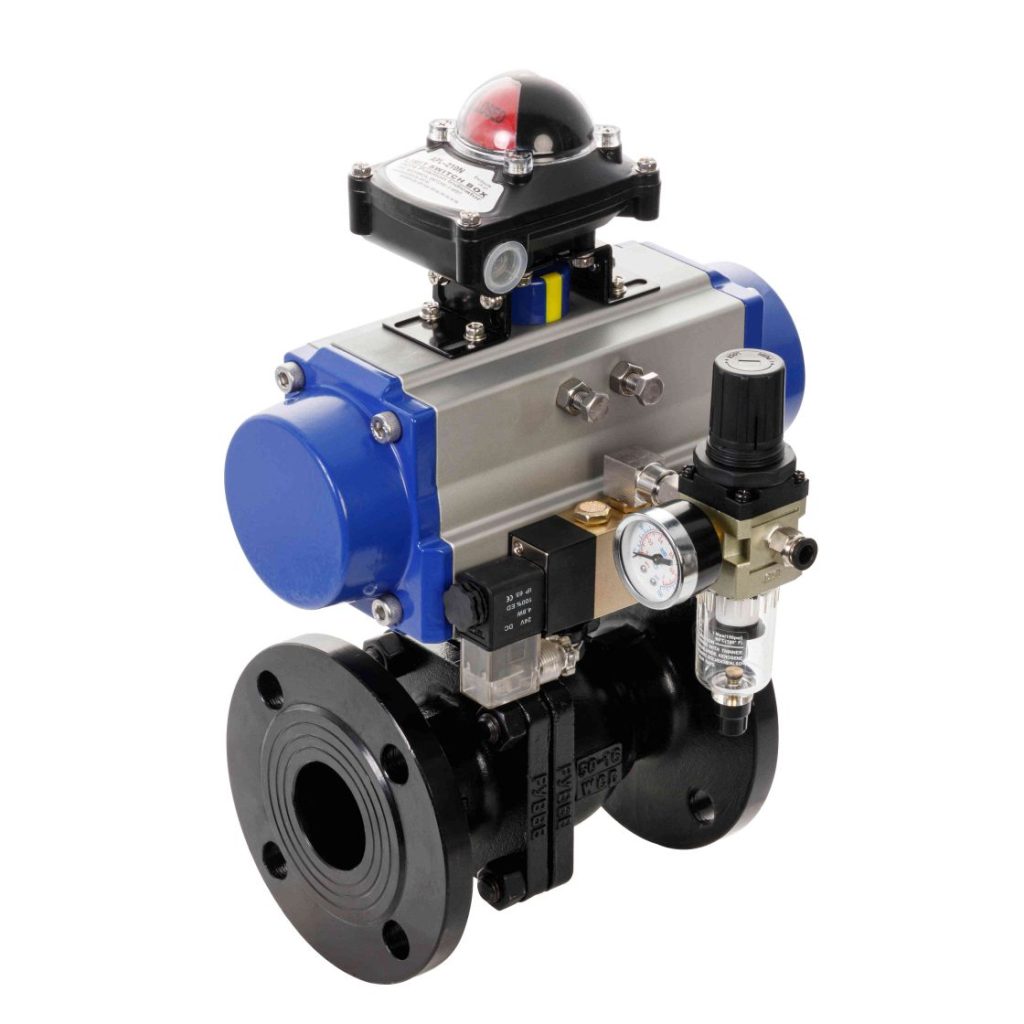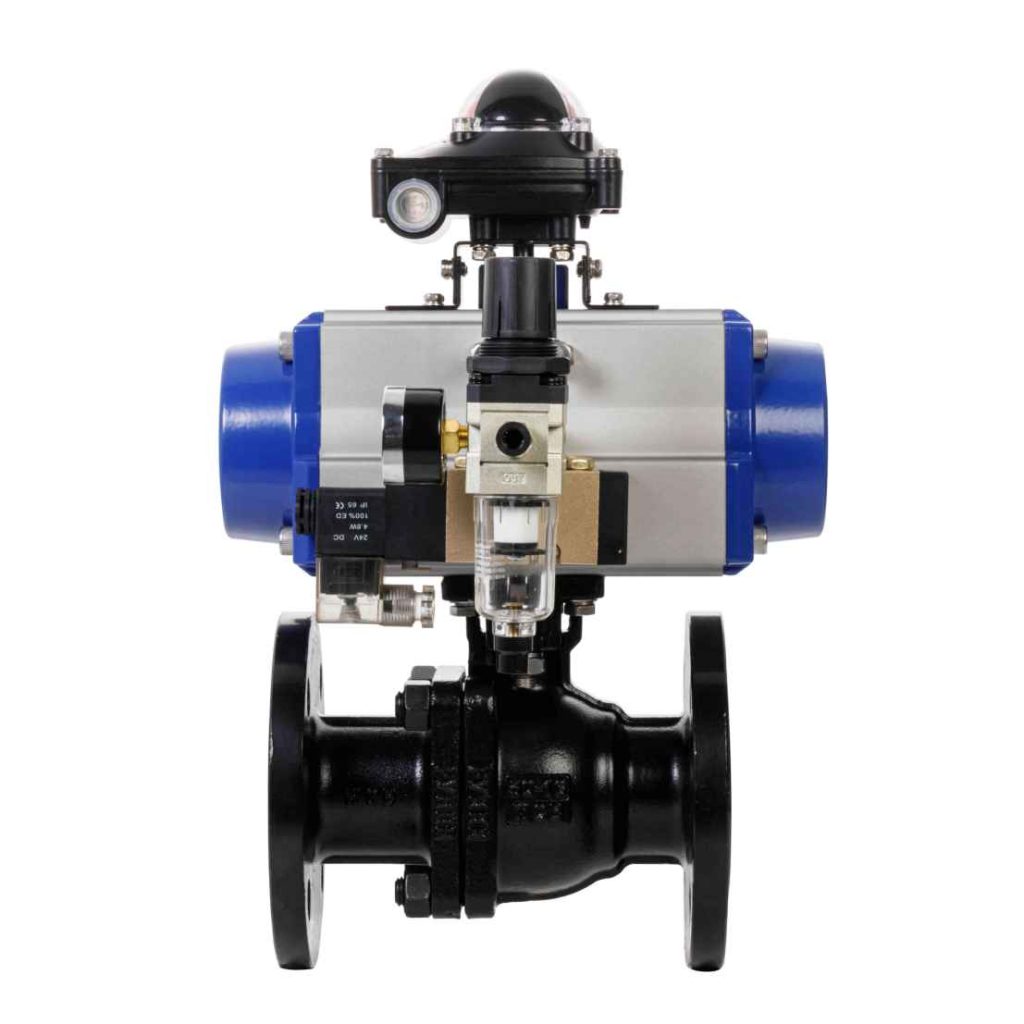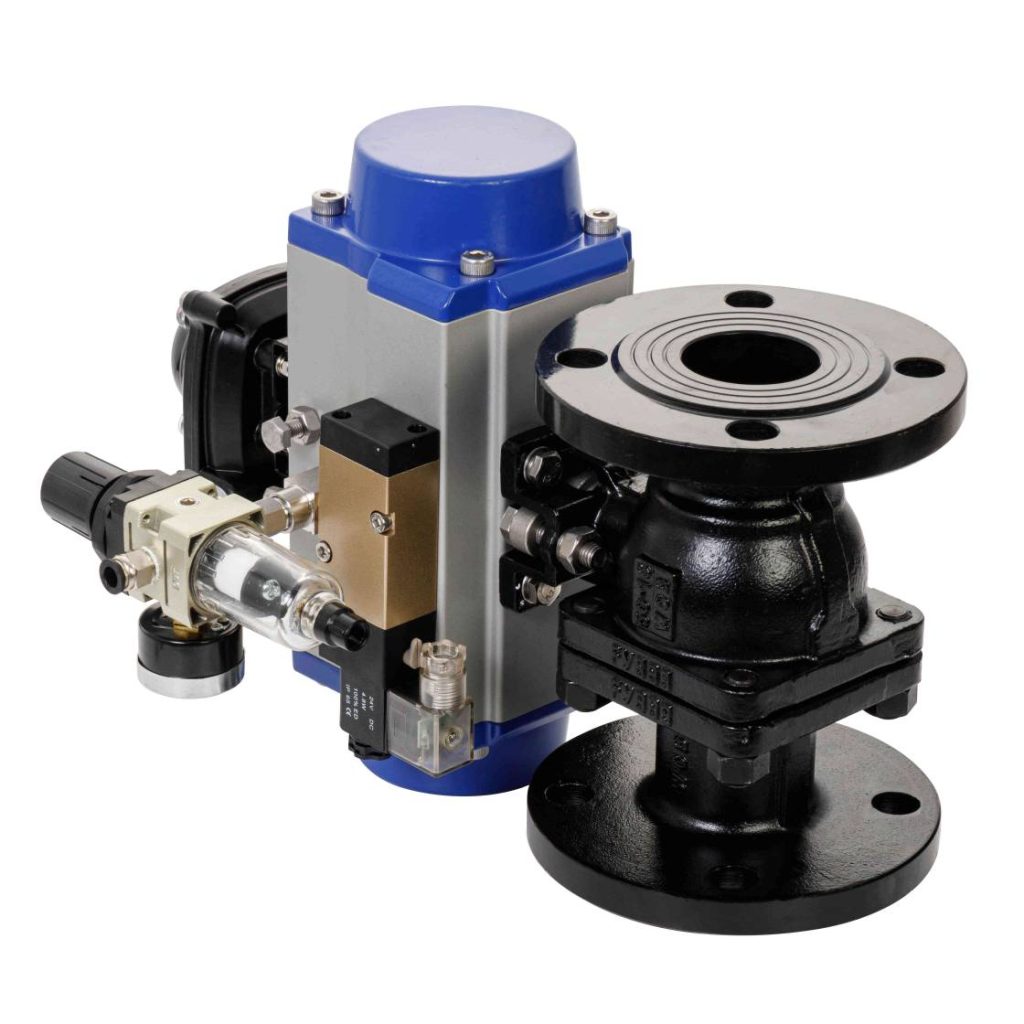A pneumatic ball valve is a crucial component in many industrial systems, designed to regulate or isolate the flow of liquids and gases in a wide range of applications. It utilizes compressed air to operate the valve mechanism, offering benefits such as quick operation, high reliability, and ease of integration into automated systems. In this article, we will explore the key features, working principle, advantages, and common applications of pneumatic ball valves.

What is a Pneumatic Ball Valve?

A pneumatic ball valve consists of a hollow, perforated, and pivoting ball that controls the flow of fluid or gas through it. The ball valve is actuated by a pneumatic actuator, which uses compressed air to rotate the ball and either open or close the valve. The basic design of the valve allows it to offer a tight shut-off, making it ideal for controlling the flow of various fluids under high pressure. Pneumatic ball valves are typically used in situations that require fast, reliable, and efficient operation. How Does a Pneumatic Ball Valve Work? The operation of a pneumatic ball valve is fairly straightforward. The valve comprises several parts: the ball, the actuator, and the body. The actuator is connected to the ball, and it is powered by compressed air. When air is applied to the actuator, it rotates the ball inside the valve. Depending on the design, the ball can rotate either 90 degrees (quarter turn) or a full rotation to fully open or close the valve. The ball’s perforated center controls the flow, either allowing the fluid to pass through when aligned with the pipeline or blocking it when rotated to the closed position.
